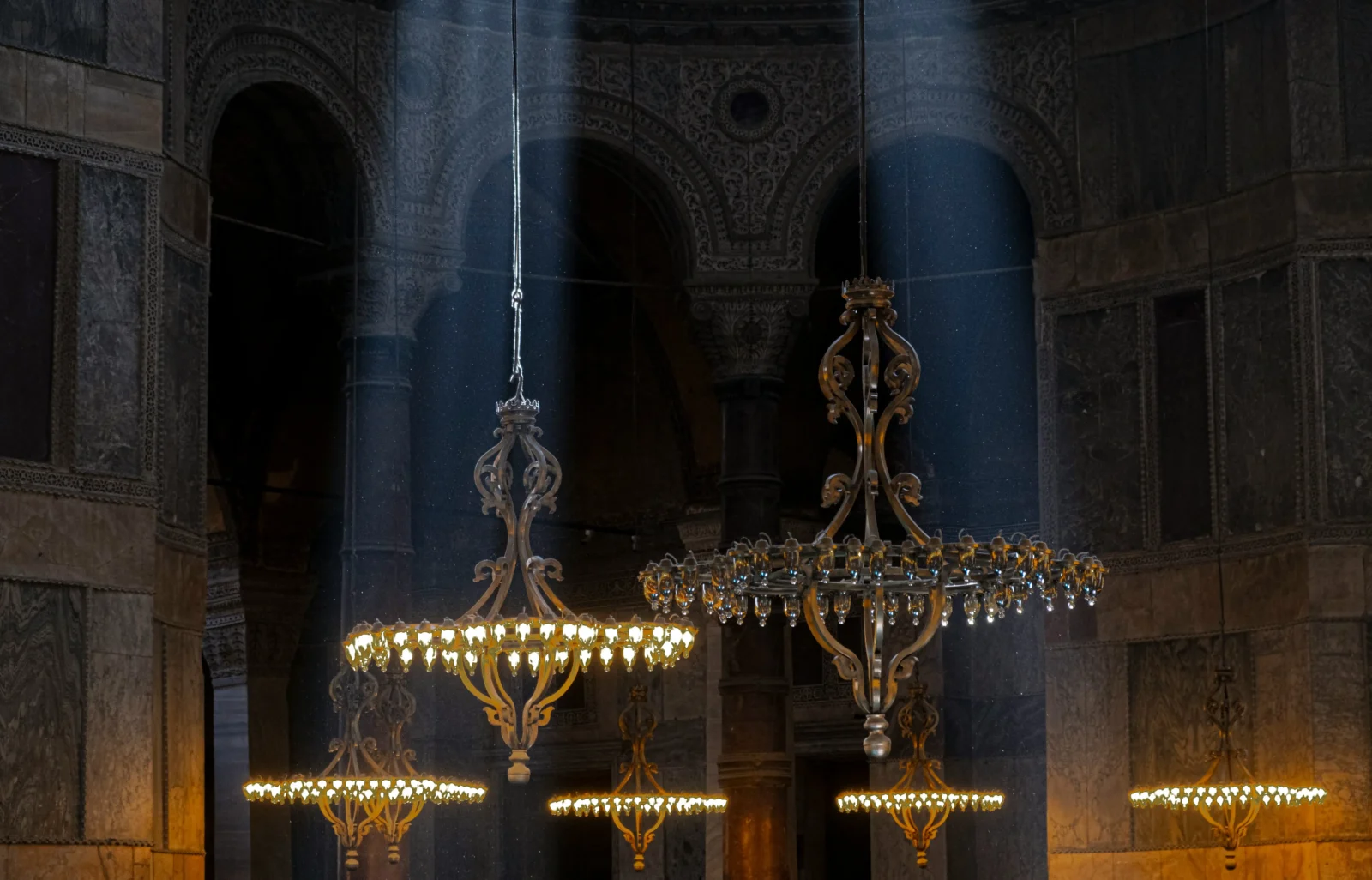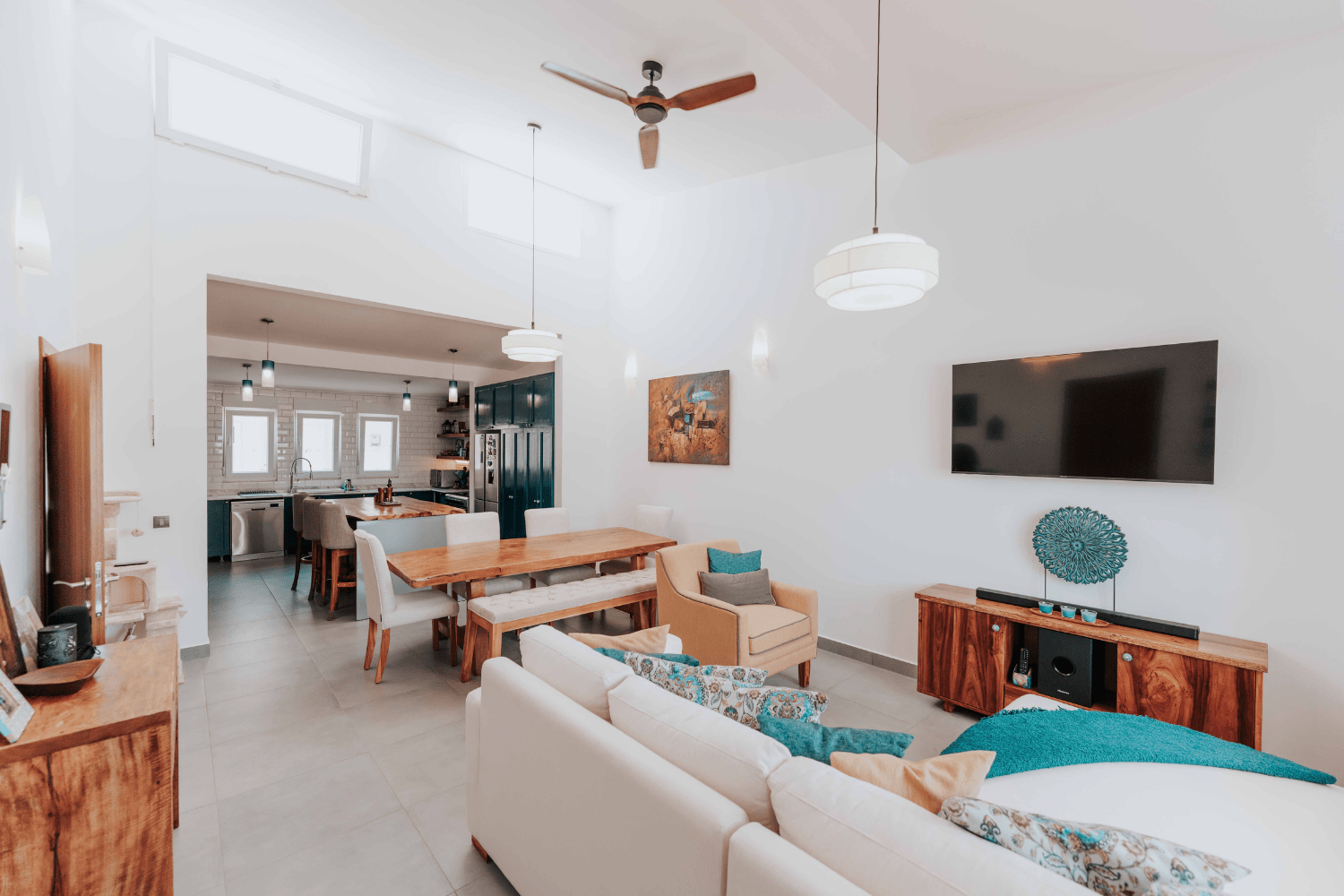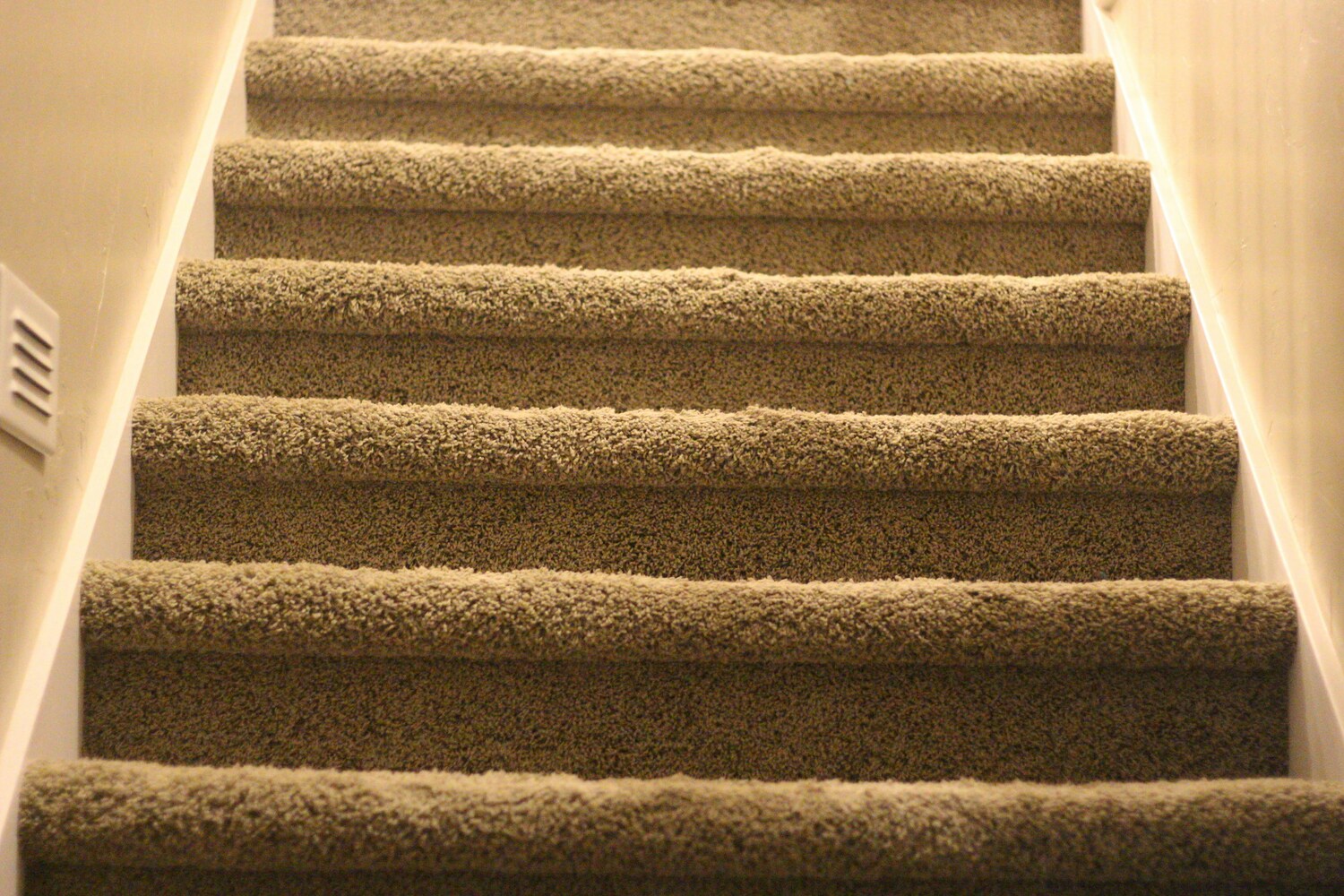- Home
- Articles
- Architectural Portfolio
- Architectral Presentation
- Inspirational Stories
- Architecture News
- Visualization
- BIM Industry
- Facade Design
- Parametric Design
- Career
- Landscape Architecture
- Construction
- Artificial Intelligence
- Sketching
- Design Softwares
- Diagrams
- Writing
- Architectural Tips
- Sustainability
- Courses
- Concept
- Technology
- History & Heritage
- Future of Architecture
- Guides & How-To
- Art & Culture
- Projects
- Interior Design
- Competitions
- Jobs
- Store
- Tools
- More
- Home
- Articles
- Architectural Portfolio
- Architectral Presentation
- Inspirational Stories
- Architecture News
- Visualization
- BIM Industry
- Facade Design
- Parametric Design
- Career
- Landscape Architecture
- Construction
- Artificial Intelligence
- Sketching
- Design Softwares
- Diagrams
- Writing
- Architectural Tips
- Sustainability
- Courses
- Concept
- Technology
- History & Heritage
- Future of Architecture
- Guides & How-To
- Art & Culture
- Projects
- Interior Design
- Competitions
- Jobs
- Store
- Tools
- More
Architectural Heirlooms: What Happens to Legacy Homes in Probate?

Some homes tell stories. Not just through photos on the wall or souvenirs in the attic, but through the very bones of their design—arched doorways from a forgotten era, hand-carved banisters, or the kind of crown molding no one makes anymore. These are legacy homes. Architectural heirlooms that carry history, character, and emotional weight.
But when the owner of such a home passes away, those stories often get caught in a legal web called probate. What happens next isn’t always about beauty or preservation. It’s about process, paperwork, and—quite often—people at odds.
In this article, we’re diving into how these architecturally significant homes are treated during probate. From preservation battles to family disagreements and overlooked zoning laws, it’s rarely a simple transaction. For those looking for clarity on what comes next, Unbiased Options offers resources to help families make informed decisions without getting lost in legal speak.
Let’s break it down.
Table of Contents
ToggleWhat Exactly Is a Legacy Home?
Before we talk probate, let’s define the star of this story.
A legacy home isn’t just old—it’s meaningful. Maybe it’s been in the family for generations. Maybe it was designed by a notable architect. Or maybe it’s a rare example of a specific style—like a 1920s Craftsman bungalow or a pre-war Art Deco townhouse.
What matters is the emotional, architectural, or historical value attached to the property. These homes are often more than square footage. They’re memory keepers. And that’s what makes handling them so sensitive once probate enters the picture.
The Probate Process, Simplified
Probate is the legal process that kicks in when someone passes away and leaves behind assets—like a house. If the person had a will, probate ensures it’s valid and that assets are distributed accordingly. If there’s no will, the court follows local laws to decide who inherits what.

For a legacy home, probate can:
- Determine who legally owns it now
- Authorize its sale, if needed
- Evaluate debts tied to the estate
- Trigger legal responsibilities for the executor
On paper, it sounds structured. But when a one-of-a-kind home is involved, it can get messy—fast.
When Family Dynamics Get… Complicated
It’s one thing to divide up savings accounts. It’s another to divide up a home filled with memories—and possibly, very different visions for its future.
One sibling may want to keep it and preserve every detail. Another may see it as a financial burden. A third might just want the fastest sale possible. Emotions flare. Communication breaks down. And before long, what was supposed to be a shared legacy feels like a battleground.
Here’s where probate plays referee. If the home needs to be sold to settle debts or split the estate evenly, the court can order it—even if someone protests. The goal is fairness, but that doesn’t always feel fair to everyone involved.
The Preservation vs. Profit Dilemma
Let’s say the home is architecturally significant. Maybe it’s even listed on a local or national historic register. That opens up a whole new conversation: Should it be preserved? And if so, who’s paying for that?
Restoring and maintaining historic homes isn’t cheap. Original materials may be rare. Required permits can be strict. And buyers looking for a “project” aren’t always easy to find.
On the flip side, some heirs may want to modernize the home to boost its resale value—potentially stripping it of its defining character. Balancing preservation with practicality is one of the biggest challenges in probate sales involving legacy homes.
Hidden Hurdles That Come with Historic Homes
Legacy homes often come with baggage—beautiful, old, and occasionally problematic baggage.
Common obstacles include:
- Outdated electrical and plumbing systems
- Asbestos or lead paint
- Foundation issues due to age
- Unpermitted renovations from decades past
During probate, the executor must disclose known issues. But unknown issues? Those can pop up during inspection, scaring off potential buyers or driving down offers.
If the estate is cash-strapped, there may not be money for repairs. That leaves heirs with tough decisions: invest in the home’s future or let it go “as is” and accept a lower price.
When the Home Can’t Be Sold (Yet)
Sometimes, a legacy home can’t be sold right away due to:
- Title issues (e.g. the deed is still in the deceased’s name)
- Occupants who won’t leave (often family members)
- Pending will contests (if someone disputes the terms)
- Local restrictions on historic properties
Each of these delays the process and puts strain on heirs. If the property is sitting vacant, there are also risks like vandalism, water damage, or even squatters.
The longer it drags on, the more the home becomes a liability instead of an asset.
How Architecture Lovers Can Help
Architects, designers, and preservationists have a unique role to play here.
By advocating for the value of these homes—not just monetarily but culturally—they can help shift the conversation. Encouraging families to document the home’s design history or offering advice on sympathetic renovations can go a long way in keeping a legacy alive.
Some communities even offer grants or tax incentives to maintain historical properties. Bringing this knowledge to the table during probate can influence decisions and protect homes from being lost to demolition or bad design.

Practical Tips for Heirs of Legacy Homes
If you’ve inherited a legacy home that’s now tied up in probate, here are a few things to keep in mind:
1. Get a professional valuation.
A regular appraisal might miss the architectural value. Seek someone familiar with historic or design-forward properties.
2. Talk early, talk often.
If multiple heirs are involved, get on the same page sooner rather than later. Mediation may help if tensions rise.
3. Know your local laws.
Historic preservation ordinances vary widely. Some cities have strict protections, others don’t.
4. Get legal guidance.
Work with an attorney who understands both probate law and real estate. They can help you avoid costly mistakes or delays.
5. Document everything.
From maintenance receipts to old blueprints, keep a record. It may increase the home’s value or ease the resale process.
The Emotional Side No One Talks About
A legacy home isn’t just about wood and stone. It’s birthdays on the porch. A weird wallpaper you grew up hating. That creaky stair everyone knew to avoid.
Losing the owner is already hard. But deciding what happens to the house can bring that grief back in a tidal wave. It’s okay to feel torn. To feel guilty. To want to keep it but know you can’t afford it.
Probate law doesn’t account for emotion—but families should. Making space for those feelings is just as important as signing the right forms.
Conclusion: Legacy Isn’t Just a Legal Term
Architectural heirlooms deserve more than a quick sale and a shrug. Whether they stay in the family or pass on to a new steward, these homes carry a kind of beauty that goes beyond bricks.
Probate may be the legal mechanism—but what really determines a legacy is how people show up for it. With care. With creativity. And, hopefully, with the kind of respect that turns paperwork into preservation.
If you’re facing decisions about a home like this, take your time. Get the right advice. And remember: your choices now can shape the stories that house tells for generations to come.
illustrarch is your daily dose of architecture. Leading community designed for all lovers of illustration and #drawing.
Submit your architectural projects
Follow these steps for submission your project. Submission FormLatest Posts
Chandelier Light vs Ceiling Lights: Which Decorative Lighting Works Best for UAE Homes in Winter?
Winter in the UAE doesn’t arrive loudly. It doesn’t announce itself with...
Marketing for Architects: How Firms Are Getting More Clients Without Chasing Leads
Architectural marketing has changed in important ways. Referrals and reputation still matter,...
8 Innovative Apartment Design Ideas from the USA
Apartment design in the United States is rapidly evolving, with architects and...
Tips for Using Runners to Transform Hallways and Spaces
Hallways work hard. They handle daily foot traffic, muddy shoes, and the...












Leave a comment